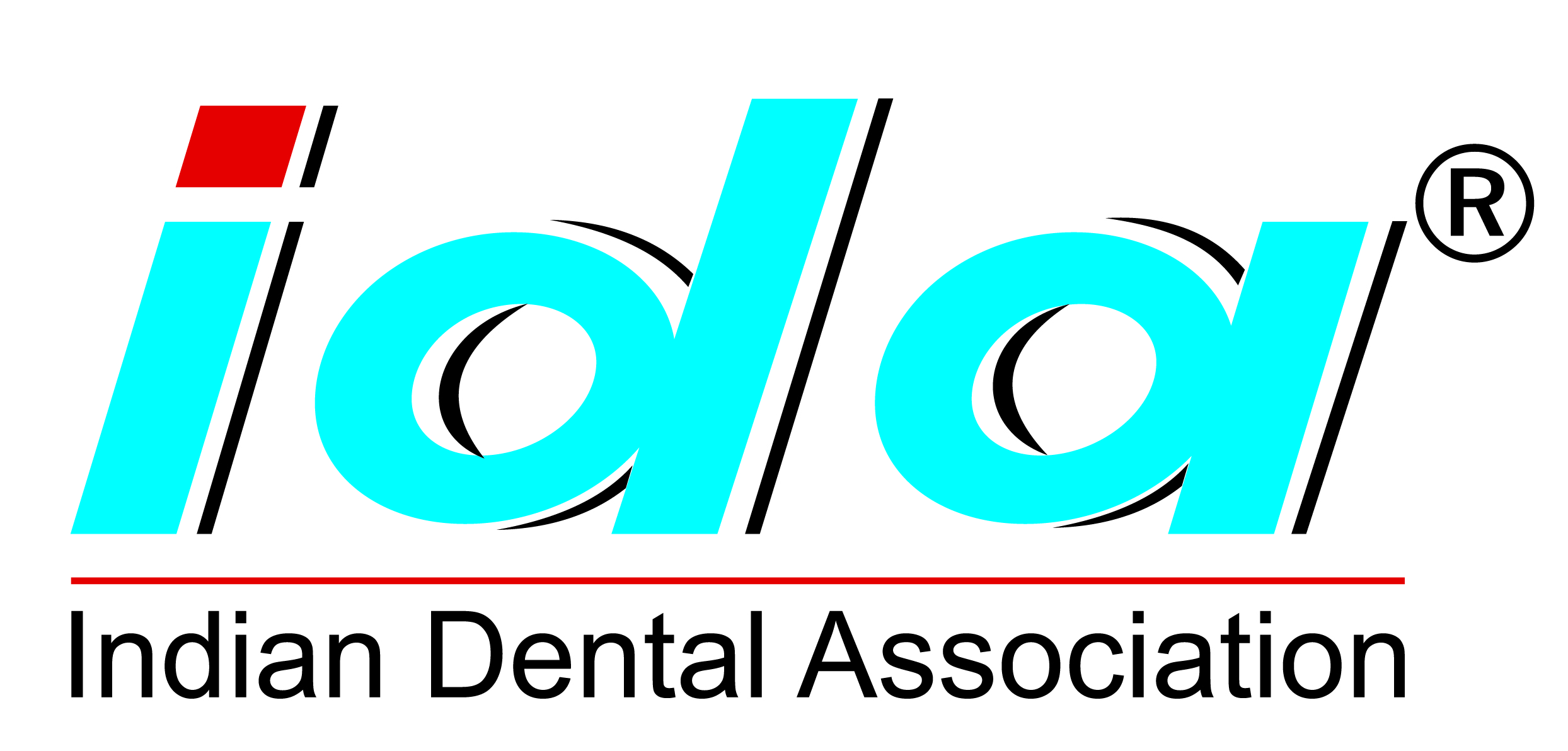In many countries for many years health care workers have become infected with HIV
as a result of their work. The main cause of infection in occupational settings
is exposure to HIV-infected blood via a percutaneous injury (i.e. from needles,
instruments, bites which break the skin, etc.). The average risk for HIV transmission
after such exposure to infected blood is low - about 3 per 1,000 injuries. Nevertheless,
this is still understandably an area of considerable concern for many health care
workers.
Certain specific factors may mean a percutaneous injury carries a higher risk, for
example:
- A deep injury
- Late-stage HIV disease in the source patient
- Visible blood on the device that caused the injury
- Injury with a needle that had been placed in a source patient's artery or vein
If percutaneous exposure occurs then the site of exposure should be washed liberally
with soap and water but without scrubbing. Bleeding should be encouraged by pressing
gently around the site of the injury (but taking care not to press immediately on
the injury site). It is best to do this under a running water tap.
There are a small number of instances when HIV has been acquired through contact
with non-intact skin or mucous membranes (i.e. splashes of infected blood in the
eye). Research suggests that the risk of HIV infection after mucous membrane exposure
is less than 1 in 1000. If mucocutaneous exposure occurs then the affected area
should be washed thoroughly with soap and water. If the eye is affected, it should
be irrigated thoroughly.
If intact skin is exposed to HIV infected blood then there is no risk of HIV transmission.
Although infection through needlestick injury does not often occur, it can be devasting
for the person concerned.





